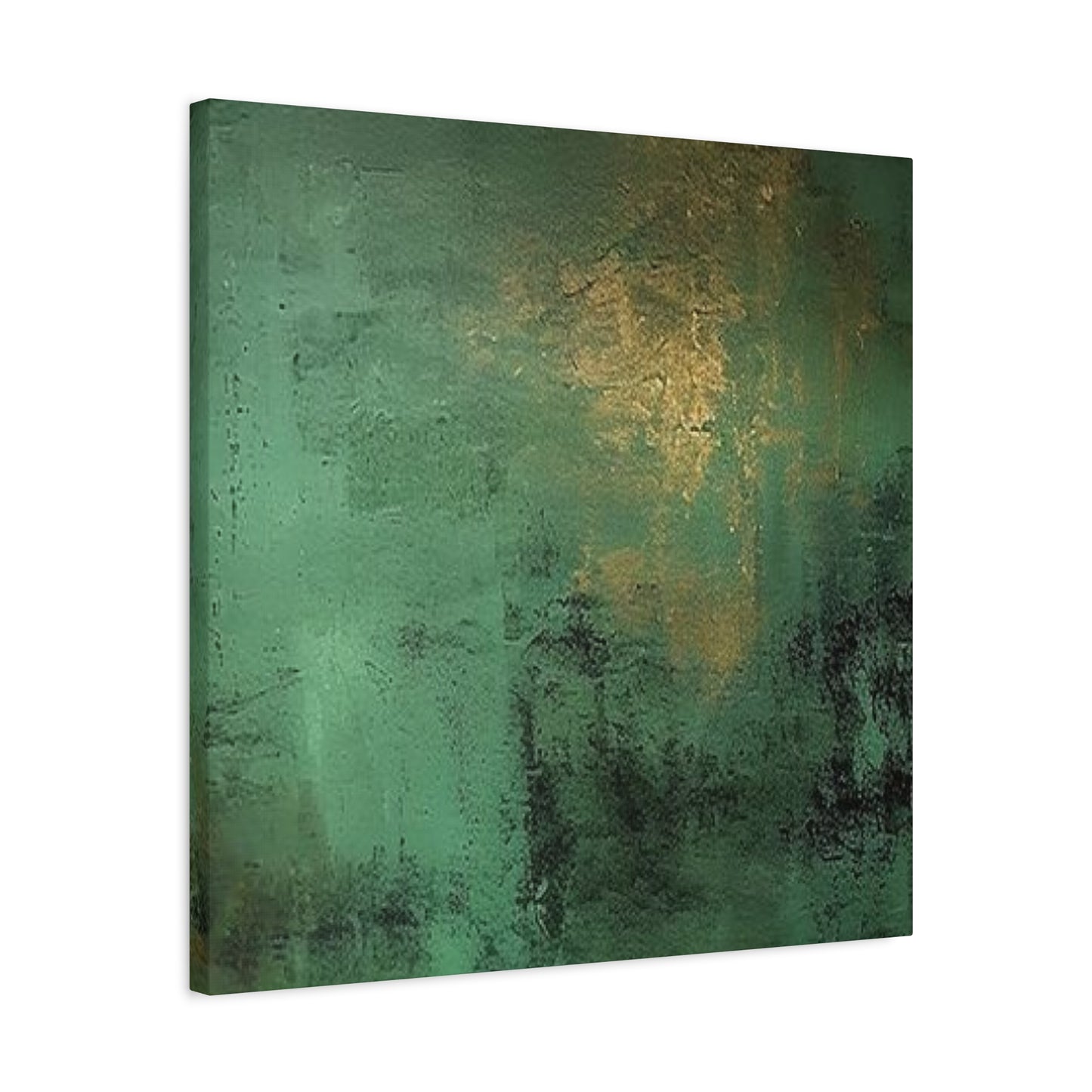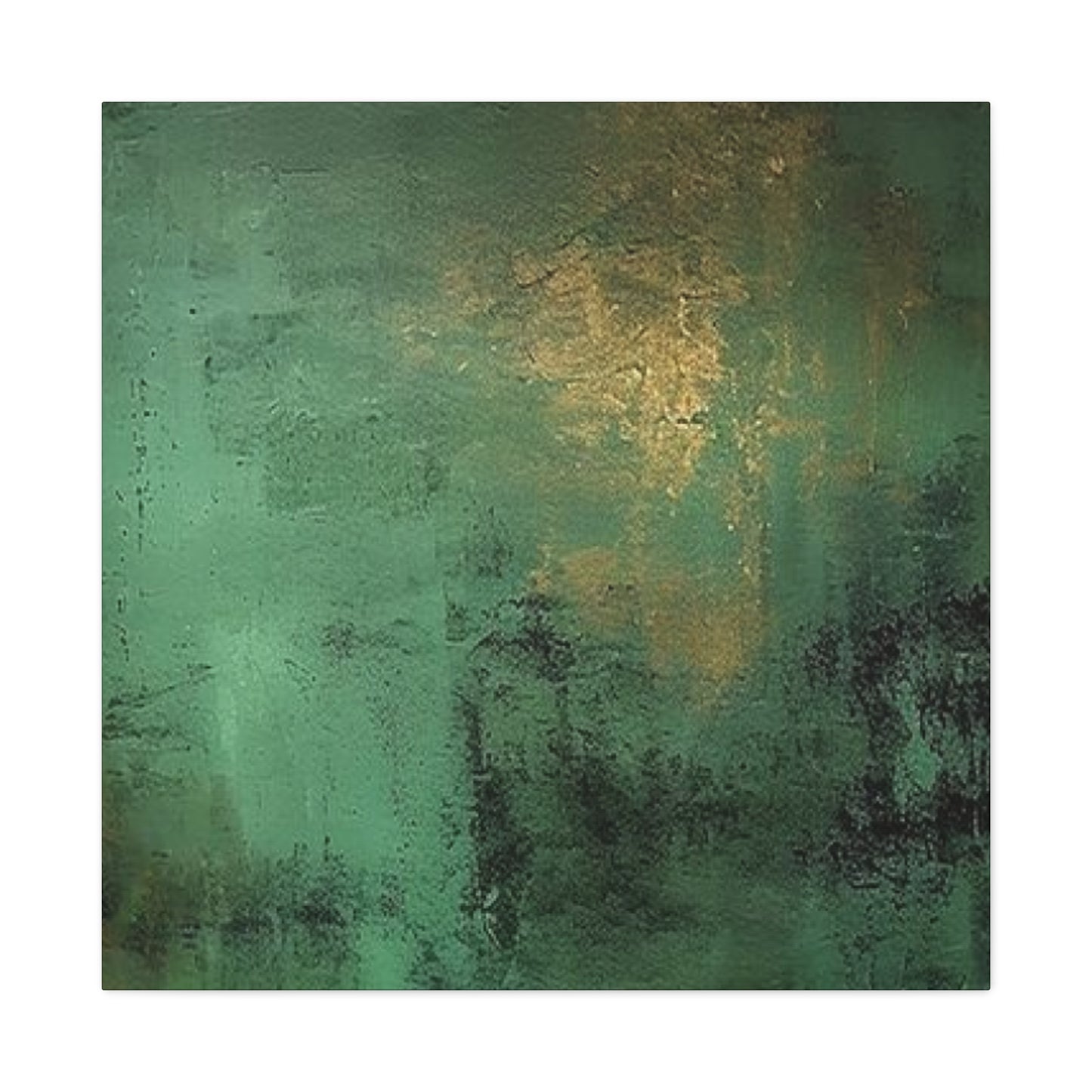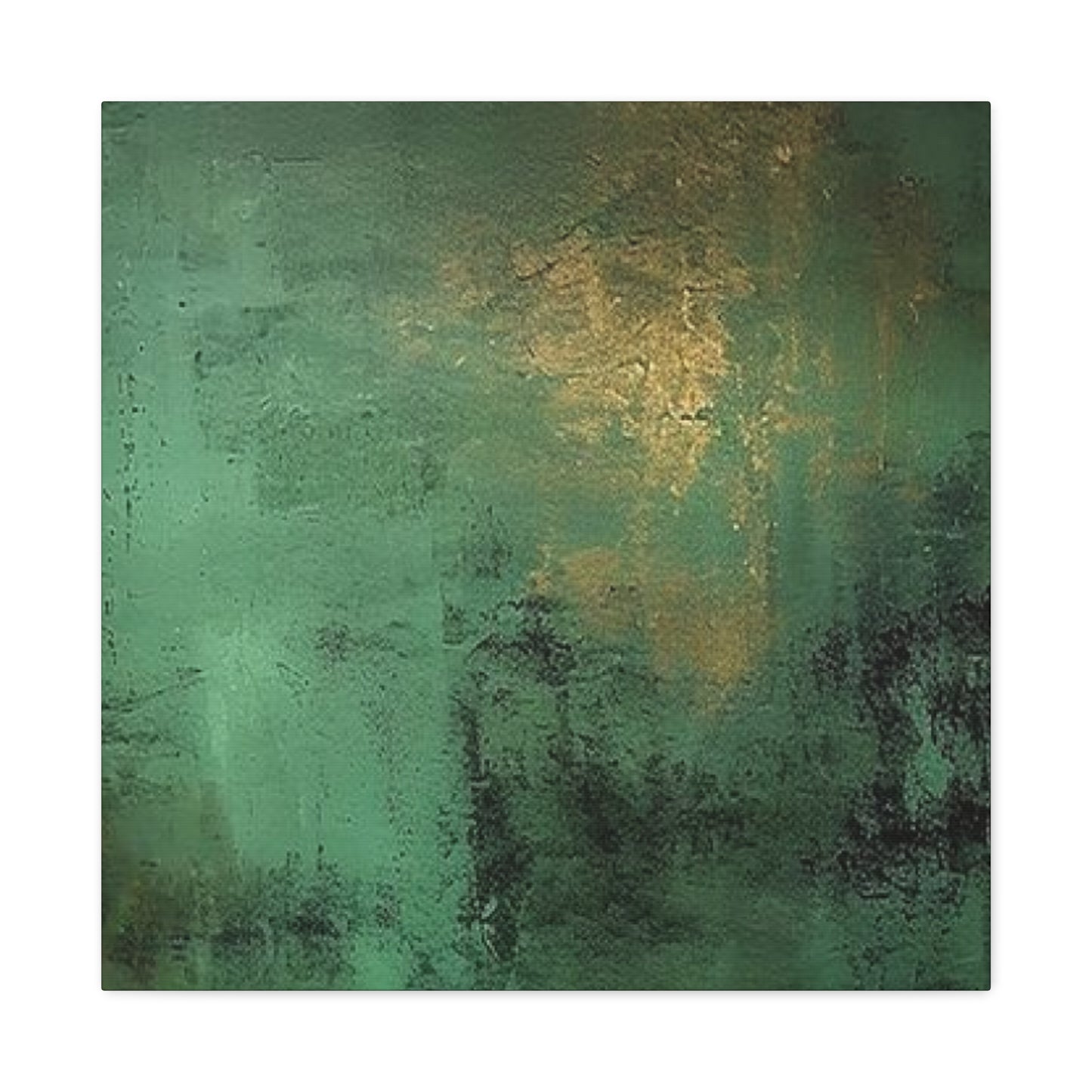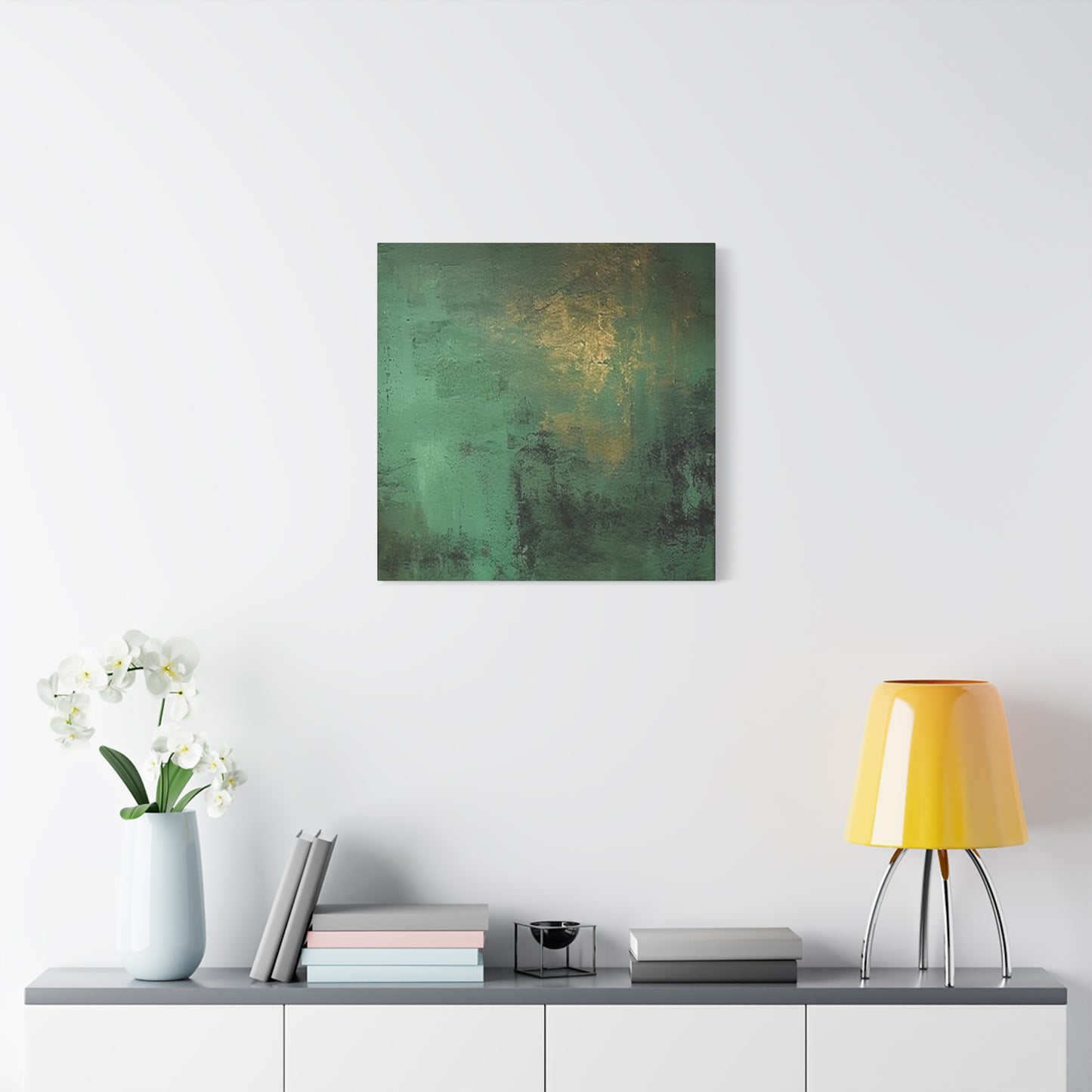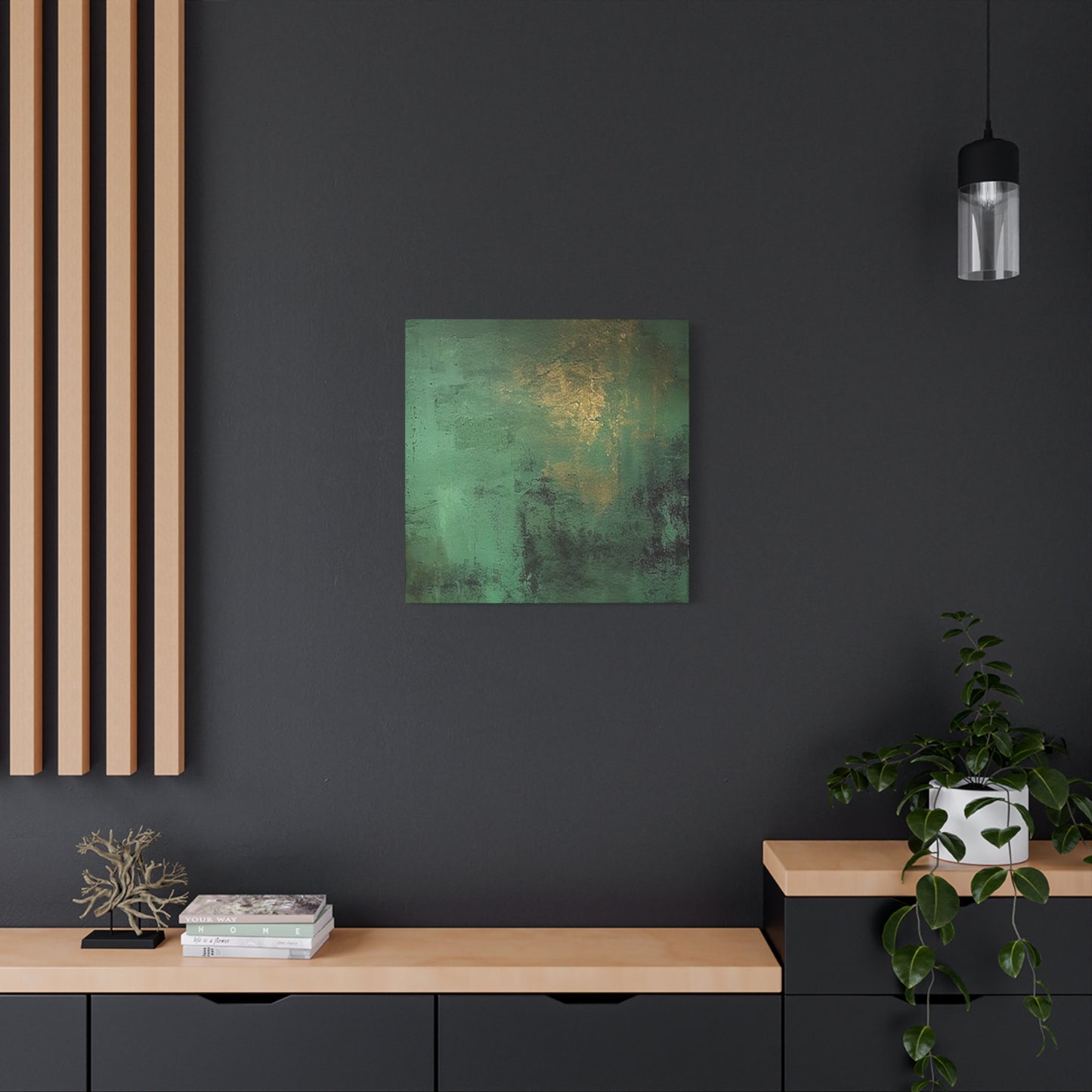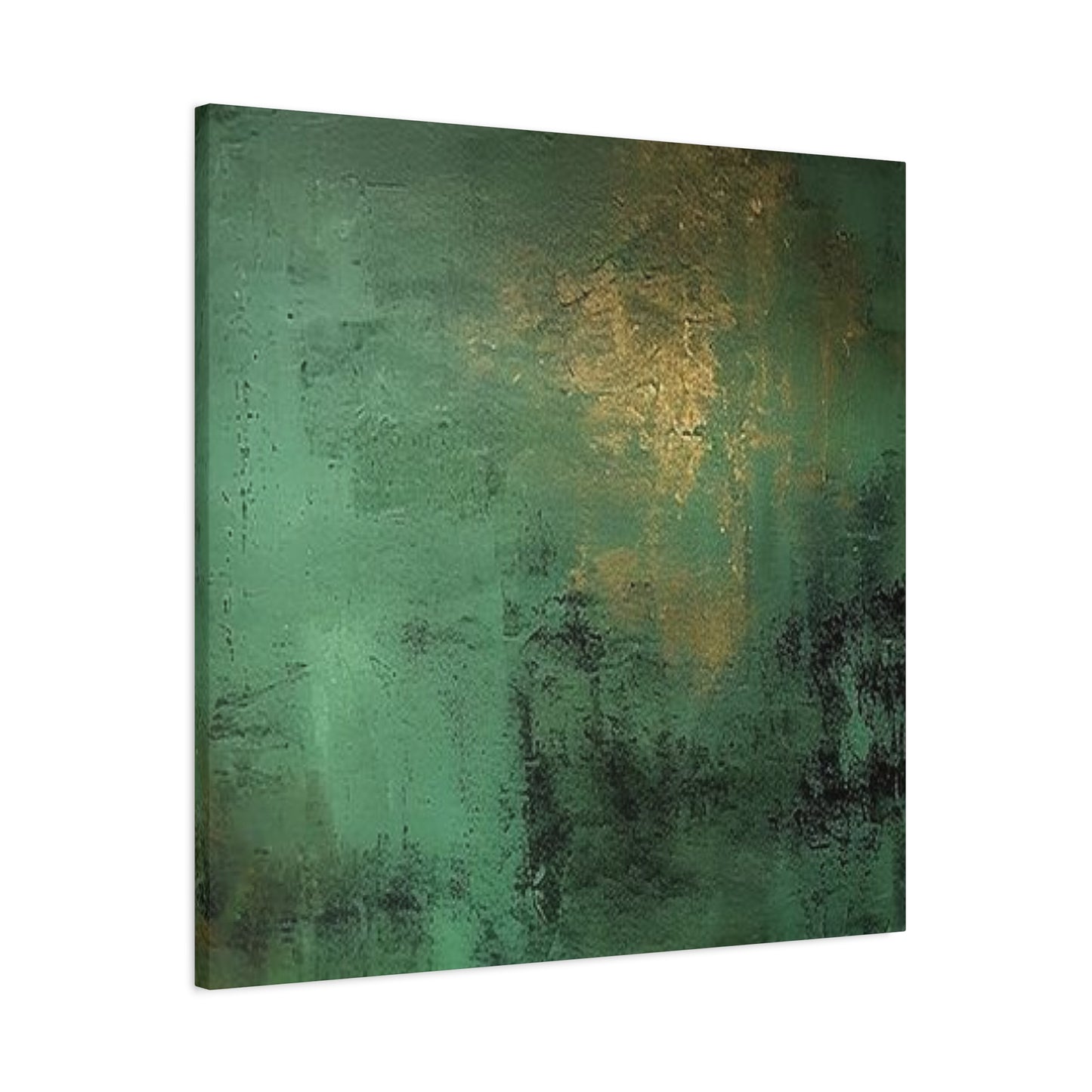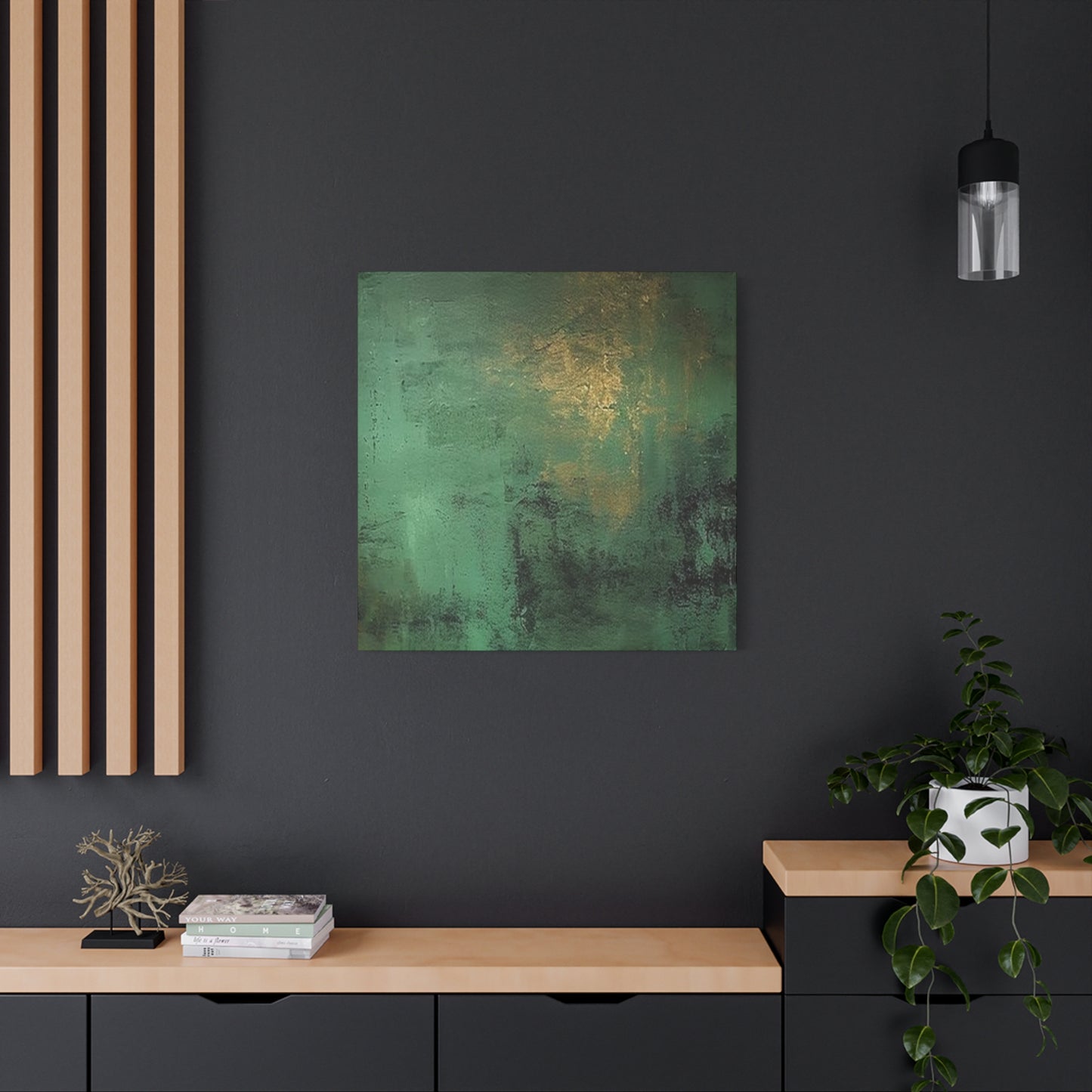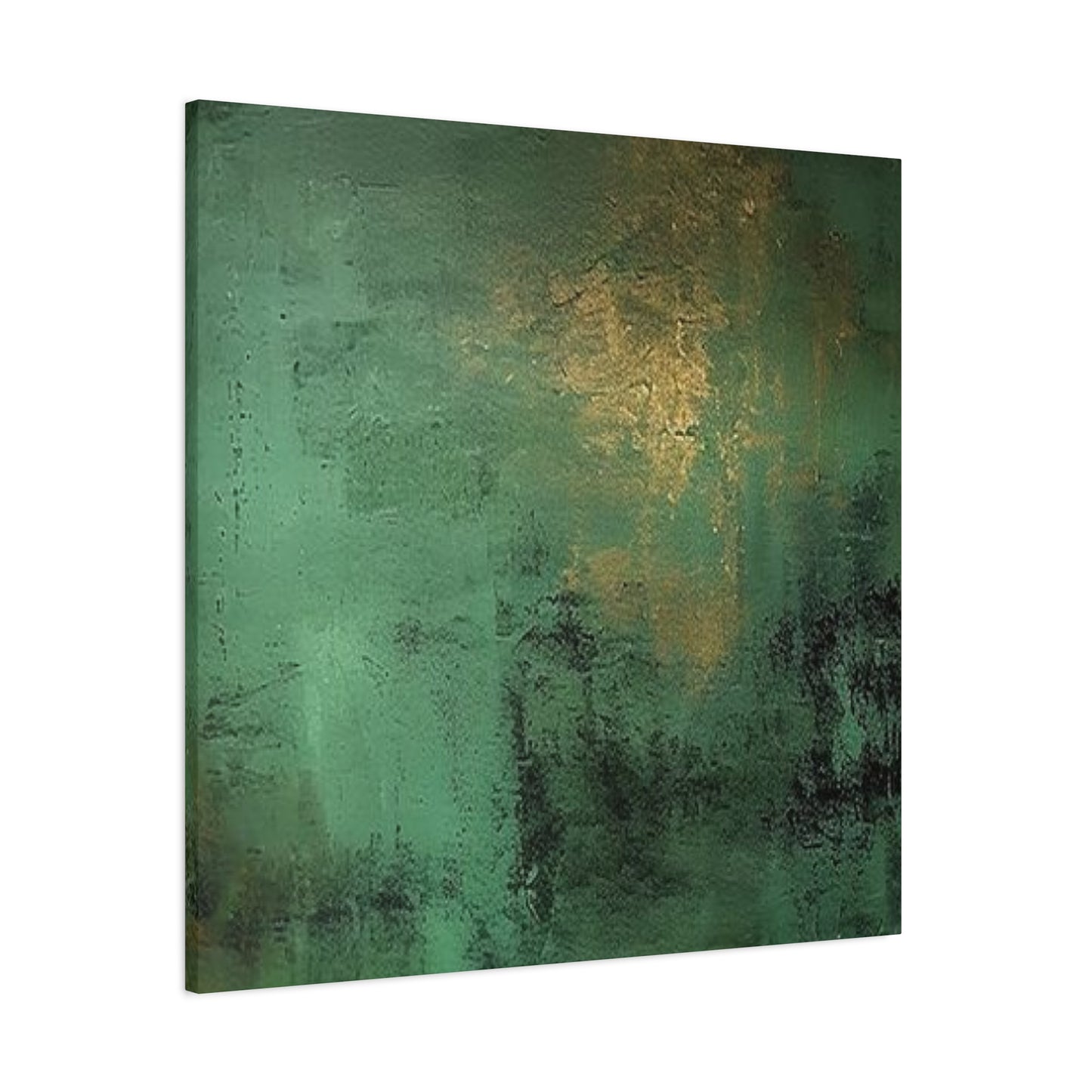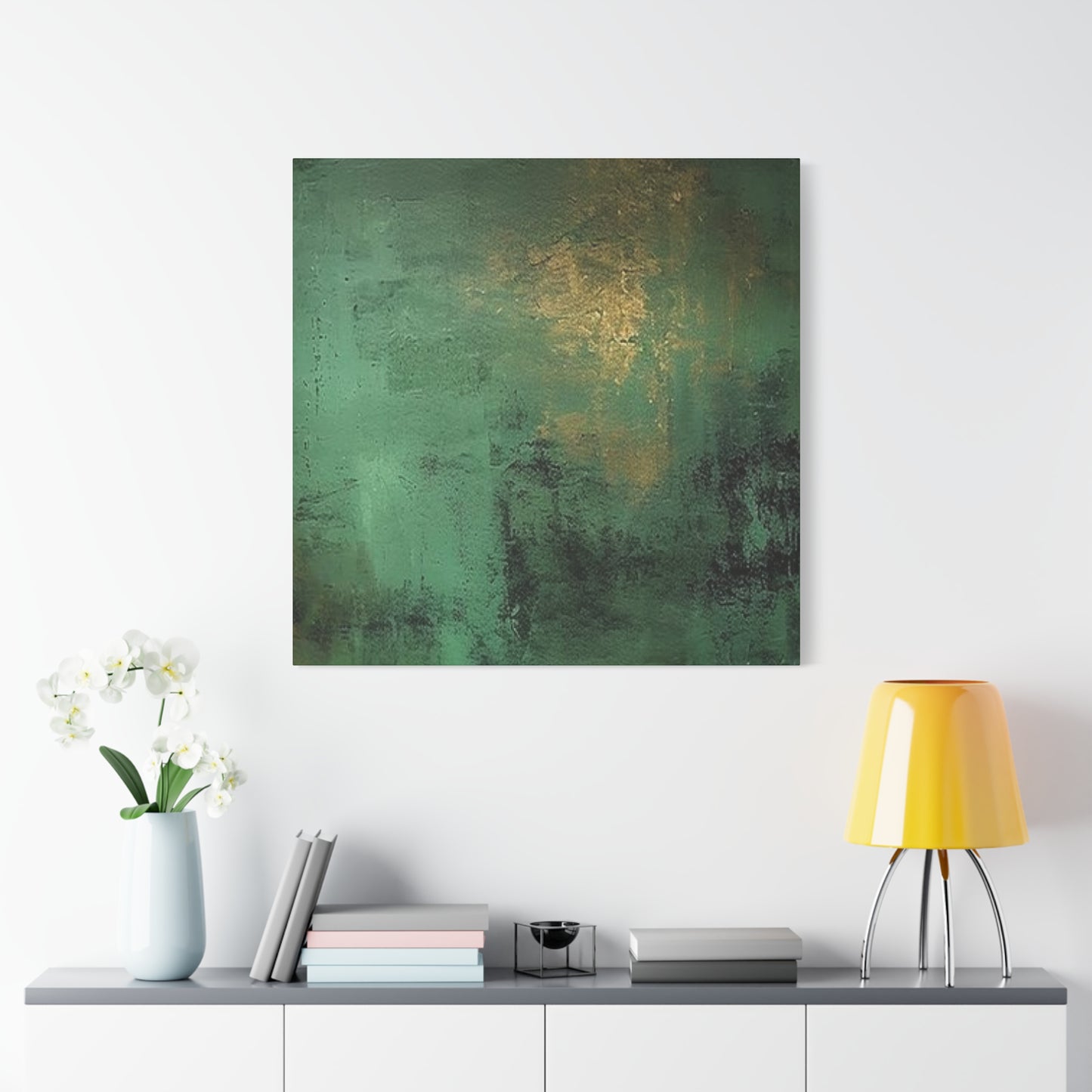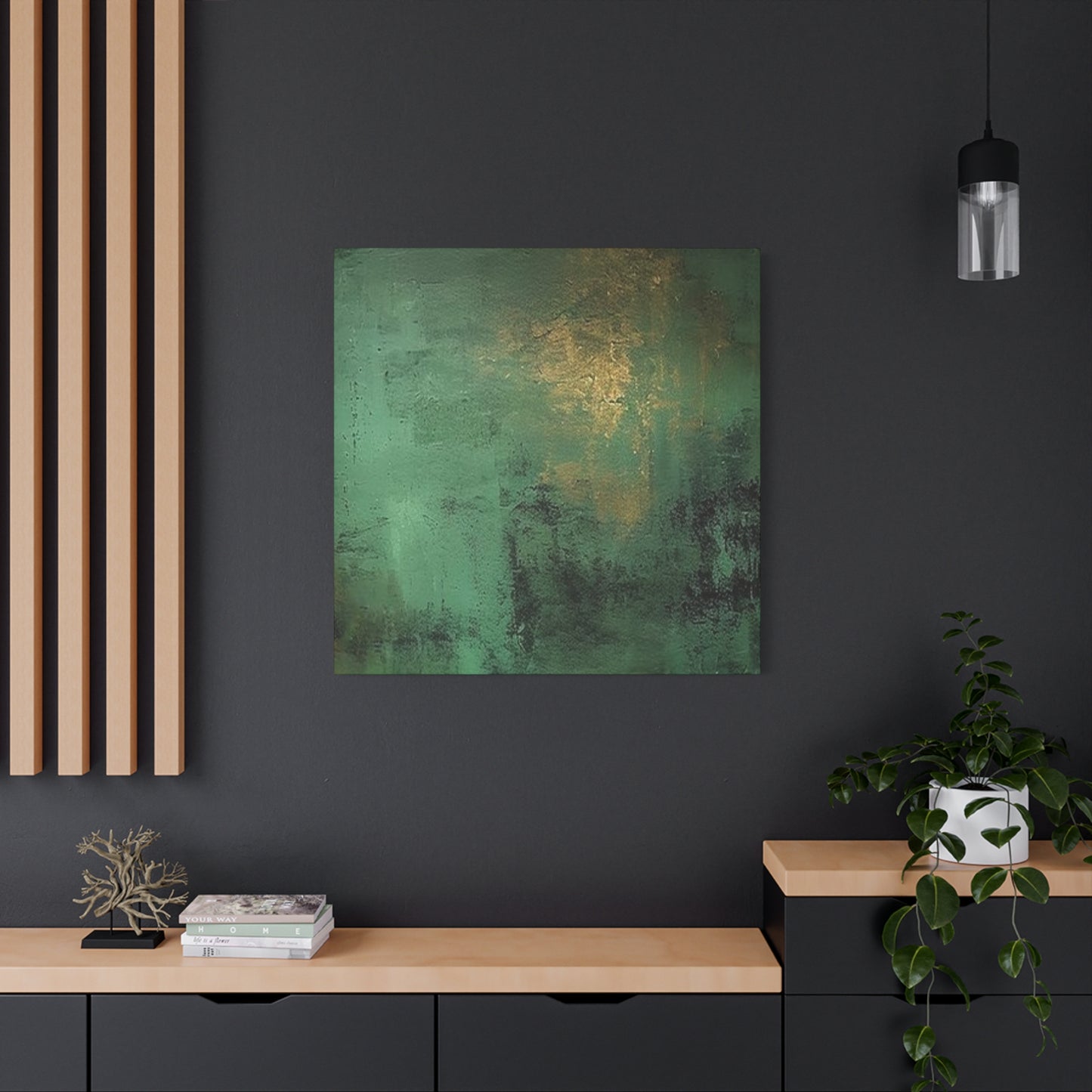Elevate Your Décor with Olive Green and Gold Drawing Wall Art
The fusion of gold and olive tones in botanical wall art represents one of the most sophisticated trends in contemporary home decoration. This comprehensive guide explores everything you need to know about incorporating these elegant golden botanical wall art pieces into your living environment, from understanding color psychology to selecting the perfect canvas for your unique aesthetic vision.
The Allure of Gold and Olive Color Combinations
Gold and olive green create a naturally harmonious color palette that speaks to both luxury and tranquility. This combination draws its appeal from nature itself, where golden sunlight filters through olive-toned foliage, creating moments of breathtaking beauty. The warm undertones of gold complement the earthiness of olive green, resulting in a sophisticated color scheme that works beautifully in various decorative contexts.
The psychological impact of this color combination cannot be understated. Gold traditionally symbolizes prosperity, wisdom, and illumination, while olive green represents peace, growth, and natural harmony. When these colors unite in botanical wall art, they create an atmosphere that is both calming and energizing, sophisticated yet approachable. This duality makes golden botanical wall art pieces particularly versatile for different room settings and personal styles.
Understanding the technical aspects of this color pairing helps explain its visual appeal. Gold, being a warm metallic tone, naturally draws the eye and creates focal points within compositions. Olive green, with its muted saturation and earthy base, provides the perfect backdrop for gold accents to shine without overwhelming the viewer. This balance creates artwork that is visually striking yet comfortable to live with on a daily basis.
The metallic quality of gold elements in these artworks catches and reflects light throughout the day, creating dynamic visual interest as lighting conditions change. Morning light might emphasize the warm glow of golden elements, while evening illumination could highlight the depth and richness of olive tones. This ever-changing quality keeps the artwork fresh and engaging over time.
Professional artists often choose this combination because it allows for both subtle sophistication and bold statement-making. The versatility of gold and olive means that artists can create pieces ranging from minimalist line drawings to complex, layered compositions, all while maintaining visual coherence and appeal. This flexibility translates into a wide variety of available options for consumers seeking the perfect piece for their home.
Botanical Elements in Contemporary Canvas Art
Botanical motifs have experienced a remarkable renaissance in contemporary art, moving far beyond traditional flower paintings to embrace abstract interpretations of natural forms. Modern botanical wall art incorporates various elements from the natural world, including leaves, branches, seed pods, and organic textures that capture the essence of plant life without necessarily depicting it literally.
The appeal of botanical elements in wall art stems from humanity's inherent connection to nature. Even in urban environments, people seek visual connections to the natural world, and botanical artwork provides this connection in a refined, accessible format. Golden botanical wall art takes this concept further by elevating natural forms through the addition of luxurious metallic elements that add sophistication and visual impact.
Contemporary artists working with botanical themes often focus on the structural elements of plants rather than their literal appearance. Leaf veins become elegant line work, branch structures inspire flowing compositions, and the organic curves of natural growth patterns translate into graceful artistic elements. This abstracted approach allows botanical wall art to complement modern decorative schemes while maintaining its connection to nature.
The variety of botanical elements available in golden wall art is extensive. Palm fronds offer dramatic, architectural lines that work beautifully in contemporary settings. Eucalyptus branches provide delicate, flowing forms that add movement to static wall compositions. Abstract leaf patterns create rhythmic designs that can serve as either focal points or subtle background elements depending on their scale and placement.
Texture plays a crucial role in botanical canvas art, with artists using various techniques to simulate natural surfaces. Some pieces incorporate actual texture through impasto techniques or mixed media applications, while others achieve textural interest through clever use of color gradation and brushwork. Golden elements are often applied using techniques that create varied surface textures, from smooth, reflective finishes to matte, organic-looking applications.
The symbolic meaning of different botanical elements adds another layer of appeal to these artworks. Leaves often represent growth and renewal, branches suggest strength and flexibility, and flowering elements symbolize beauty and potential. When rendered in gold and olive tones, these symbolic meanings are enhanced by the colors' own associations with prosperity and natural harmony.
Canvas Art Techniques and Materials
The creation of high-quality golden botanical wall art involves sophisticated techniques and premium materials that contribute significantly to the final piece's visual impact and longevity. Understanding these technical aspects helps consumers make informed decisions when selecting artwork for their homes and appreciate the craftsmanship involved in creating these sophisticated pieces.
Canvas selection forms the foundation of quality wall art. Professional-grade canvases are typically made from cotton or linen fibers that are specially prepared to accept paint and maintain dimensional stability over time. The weave of the canvas affects both the texture of the finished piece and how paint adheres to the surface. Finer weaves create smoother surfaces ideal for detailed work, while coarser weaves add textural interest that can enhance the organic feel of botanical subjects.
Priming techniques significantly impact the final appearance of golden botanical wall art. Multiple coats of specially formulated primers create surfaces that allow colors to appear vibrant and true while preventing deterioration over time. The primer choice affects how metallic elements like gold leaf or gold paint interact with the canvas, influencing both immediate visual impact and long-term stability.
Gold application techniques vary considerably and greatly influence the final appearance of the artwork. Traditional gold leaf application creates the most luxurious and reflective surface, with genuine gold leaf providing unmatched brilliance and longevity. However, this technique requires significant skill and adds considerably to production costs. High-quality gold paints offer more accessible alternatives while still providing beautiful metallic effects, especially when applied using specialized techniques that create varied surface textures.
Layering techniques allow artists to create depth and complexity in their botanical compositions. Base layers establish the overall color scheme and major compositional elements, while subsequent layers add detail, texture, and refinement. The interaction between olive-toned base layers and golden accent layers creates visual depth that gives these artworks their sophisticated appeal.
Protective finishes ensure that golden botanical wall art maintains its beauty over time. UV-resistant varnishes prevent color fading and protect metallic elements from tarnishing or dulling. The choice of finish also affects the artwork's appearance, with options ranging from high-gloss surfaces that maximize metallic brilliance to matte finishes that create more subtle, sophisticated effects.
Modern printing technologies also play a role in making high-quality golden botanical wall art more accessible. Advanced giclée printing techniques can reproduce the subtle color variations and metallic effects of original paintings with remarkable fidelity. However, the best results still require careful attention to paper or canvas selection, ink quality, and finishing techniques.
Selecting the Perfect Botanical Canvas for Your Home
Choosing the ideal golden botanical wall art for your home involves considering multiple factors that influence both immediate visual impact and long-term satisfaction. The size, style, and specific botanical elements featured in the artwork must harmonize with your existing décor while reflecting your personal aesthetic preferences and lifestyle needs.
Room size and wall dimensions significantly influence artwork selection. Large rooms with high ceilings can accommodate substantial pieces that make bold statements and serve as focal points for entire seating areas. Smaller rooms benefit from more modestly sized pieces that add visual interest without overwhelming the environment. The relationship between artwork size and furniture scale also matters, with pieces positioned above sofas or beds needing to relate proportionally to these key furnishing elements.
Lighting conditions in your chosen location dramatically affect how golden botanical wall art appears throughout the day. Rooms with abundant natural light showcase metallic elements beautifully, creating dynamic visual effects as lighting changes. Spaces with limited natural light benefit from strategically placed artificial lighting that highlights golden elements and creates visual warmth. Consider both existing lighting and potential lighting additions when selecting artwork.
The existing color scheme in your room influences which specific golden botanical wall art pieces will integrate most successfully. Rooms dominated by neutral tones provide excellent backdrops for virtually any gold and olive combination, allowing the artwork to serve as a primary color accent. Spaces with established color schemes require more careful selection to ensure the artwork enhances rather than conflicts with existing elements.
Architectural features within your home can influence artwork selection in important ways. Rooms with traditional architectural details often benefit from more classically inspired botanical compositions, while contemporary architectural elements pair beautifully with abstract or minimalist botanical interpretations. The scale and style of trim work, ceiling details, and built-in features should complement the artwork's overall aesthetic approach.
Personal lifestyle factors also play important roles in artwork selection. Busy households with children or pets might prefer pieces with protective glass or acrylic coverings that facilitate easy cleaning and prevent damage. Formal entertaining areas might call for more sophisticated compositions with prominent golden elements that create impressive visual statements. Private retreat areas like bedrooms or studies might benefit from more subtle, contemplative botanical compositions.
The intended emotional impact of the artwork should align with the room's primary function. Golden botanical wall art can create various moods depending on specific design choices. Pieces with flowing, organic forms tend to create calming, peaceful environments perfect for relaxation areas. Compositions with more structured, geometric interpretations of botanical elements can energize environments and stimulate creativity or conversation.
Color Psychology in Golden Botanical Art
The psychological effects of color in golden botanical wall art extend far beyond simple aesthetic preference, influencing mood, energy levels, and overall environmental perception in measurable ways. Understanding these psychological impacts helps explain why gold and olive combinations prove so appealing and enables more intentional artwork selection that supports desired emotional outcomes.
Gold's psychological impact stems from its associations with sunlight, precious metals, and natural abundance. This color naturally elevates mood and creates feelings of warmth, optimism, and luxury. In botanical contexts, golden elements suggest the magic of sunlight filtering through foliage or the precious quality of autumn leaves. These associations trigger positive emotional responses that can transform the energy of entire rooms.
The psychological effects of gold vary depending on its application intensity and surrounding colors. Small golden accents create subtle feelings of warmth and richness without overwhelming the senses, making them perfect for creating sophisticated, welcoming environments. More prominent golden elements can energize environments and create feelings of celebration or achievement, making them excellent choices for social areas or personal success-focused environments.
Olive green's psychological profile centers on its connections to nature, growth, and tranquility. This color promotes feelings of balance, stability, and peaceful contemplation. In botanical wall art, olive tones ground compositions and create visual rest areas that prevent golden elements from becoming overstimulating. This balance between energy and calm makes gold and olive combinations psychologically comfortable for extended viewing.
The combination of gold and olive creates complex psychological effects that benefit from both colors' positive associations while mitigating potential negative aspects. Gold alone can sometimes feel overwhelming or materialistic, but olive green's natural, grounding influence creates balance. Similarly, olive green alone might feel too subdued for some applications, but golden accents add energy and visual interest.
Research in environmental psychology demonstrates that artwork significantly influences occupant mood and behavior. Golden botanical wall art, with its combination of natural imagery and luxurious color elements, can simultaneously promote relaxation and inspiration. This dual effect makes such artwork particularly valuable in environments where both creative thinking and stress reduction are desired outcomes.
Cultural associations also influence color psychology in significant ways. Gold carries positive associations across virtually all cultures, though specific meanings may vary. In Western contexts, gold often represents success and achievement, while Eastern traditions may emphasize gold's spiritual significance. Olive green similarly carries positive associations with peace, wisdom, and natural harmony across diverse cultural contexts.
The biological basis for color psychology suggests that responses to gold and olive combinations may have evolutionary origins. Gold's similarity to sunlight and ripe fruit may trigger positive survival-related responses, while olive green's resemblance to healthy vegetation signals safety and abundance. These deep-seated biological responses help explain the widespread appeal of golden botanical wall art across diverse populations.
Styling Tips for Different Room Types
Successfully incorporating golden botanical wall art into different room types requires understanding each environment's unique functional requirements, aesthetic challenges, and occupant needs. Each room type presents distinct opportunities for showcasing these sophisticated pieces while supporting the room's primary purposes and enhancing overall environmental quality.
Living rooms serve as primary social and relaxation areas, making them ideal locations for statement-sized golden botanical wall art pieces. The scale of furniture in living rooms often supports larger artworks that can serve as focal points for entire seating arrangements. Position pieces above sofas at eye level when seated, typically 8-12 inches above the furniture back. Consider the viewing angles from different seating positions to ensure the artwork enhances conversations rather than distracting from social interactions.
Dining rooms present opportunities for creating sophisticated entertaining environments through strategic artwork placement. Golden botanical wall art in dining areas can enhance the sensory experience of meals by creating visually appealing backgrounds that stimulate conversation and appreciation. Consider lighting carefully in dining rooms, as artwork positioned near dining tables will be viewed under various lighting conditions from intimate dinner lighting to bright natural light during daytime meals.
Bedroom environments benefit from golden botanical wall art that promotes relaxation while maintaining visual interest. The psychological effects of gold and olive combinations work particularly well in bedroom settings, where the goal is creating environments that support both rest and personal reflection. Position artwork where it can be appreciated from the bed but won't interfere with sleep by creating overstimulating visual elements in direct sight lines from pillow positions.
Kitchen and dining area applications require consideration of practical factors like humidity, temperature fluctuations, and cleaning requirements. Golden botanical wall art in these areas should incorporate protective finishes that facilitate easy maintenance while withstanding environmental challenges. Consider the relationship between artwork and functional elements like backsplashes, cabinet hardware, and appliance finishes to create cohesive design schemes.
Bathroom environments, while challenging for artwork placement, can benefit dramatically from golden botanical wall art that transforms utilitarian spaces into spa-like retreats. Moisture protection becomes paramount, requiring either specially treated artworks or strategic placement away from direct moisture exposure. The psychological benefits of nature-inspired imagery prove particularly valuable in bathroom settings where relaxation and personal care activities take place.
Home office and study areas present unique opportunities for golden botanical wall art to enhance productivity and creativity. The energizing qualities of gold combined with the grounding effects of olive green create ideal environments for focused work while preventing the sterile feeling that can undermine creativity. Position artwork within peripheral vision ranges where it can provide visual relief during intensive work periods without creating distractions.
Hallway and transitional area applications allow golden botanical wall art to create continuity throughout homes while transforming often-neglected passageways into visually interesting environments. These areas often have challenging lighting conditions and wall proportions that require careful artwork selection and positioning. Consider creating gallery-style arrangements that guide movement through the home while maintaining visual coherence.
Creating Gallery Walls with Botanical Themes
Gallery wall arrangements featuring golden botanical wall art offer sophisticated alternatives to single large pieces while providing opportunities for creative expression and personal curation. Successfully designing botanical gallery walls requires understanding compositional principles, size relationships, and thematic coherence that creates unified visual experiences rather than chaotic collections.
Planning gallery wall compositions begins with understanding the architectural context and available wall dimensions. Measure the intended wall area carefully and create scaled templates of potential artwork pieces to experiment with arrangements before committing to specific placements. Consider the relationship between the gallery wall and surrounding furniture, ensuring adequate visual breathing room while maintaining proportional relationships that feel intentional rather than accidental.
Thematic coherence in botanical gallery walls can be achieved through various approaches that maintain visual unity while providing interesting variety. Color-based coherence focuses on maintaining consistent gold and olive palettes while varying botanical subjects and artistic styles. This approach creates sophisticated, unified presentations that work beautifully in formal environments. Style-based coherence emphasizes consistent artistic approaches while allowing more color variation, creating dynamic presentations suitable for creative or casual environments.
Size variation within gallery walls creates visual rhythm and prevents monotonous presentations that fail to engage viewer interest. Mix larger anchor pieces with smaller accent pieces, creating hierarchies that guide the eye through the composition. Generally, include one or two larger pieces that serve as focal points, supplemented by medium-sized pieces that provide transitional elements and smaller pieces that add detail and visual texture.
Spacing considerations significantly impact gallery wall success, with consistent spacing creating formal, museum-like presentations while varied spacing creates more casual, collected-over-time appearances. Maintain consistent spacing between all pieces for formal presentations, typically 2-4 inches depending on piece sizes and wall dimensions. Varied spacing works well for eclectic presentations but requires careful attention to visual balance to prevent chaotic appearances.
Frame selection and coordination provide opportunities to enhance thematic coherence while adding personal style elements. Consistent frame styles and colors create unified presentations that emphasize artwork content over individual pieces. Mixed frame approaches can work successfully when guided by consistent color palettes or material choices that maintain overall harmony. Consider metallic frame elements that complement golden artwork elements while providing sophisticated finishing touches.
Lighting gallery walls requires careful planning to ensure even illumination across all pieces while preventing glare or shadows that compromise viewing quality. Track lighting systems offer flexibility for highlighting individual pieces while maintaining overall illumination. Picture lighting can work well for larger focal pieces but may create uneven illumination across varied-sized compositions. Natural lighting should be considered carefully to prevent UV damage while maximizing color vibrancy.
Installation techniques for gallery walls require careful attention to wall preparation, hanging hardware selection, and level alignment across multiple pieces. Use quality hanging systems appropriate for piece weights and wall types, ensuring secure mounting that prevents shifting or falling over time. Create paper templates of each piece to experiment with arrangements and mark hanging positions accurately before installing permanent hanging hardware.
Seasonal Decorating with Gold and Olive Artworks
Golden botanical wall art provides exceptional versatility for seasonal decorating approaches that maintain sophisticated base aesthetics while allowing for seasonal accent additions and environmental modifications. The natural color palette of gold and olive harmonizes beautifully with seasonal color schemes throughout the year, providing consistent visual anchors that support changing decorative elements.
Spring decorating benefits from the natural associations between golden botanical wall art and emerging natural growth. The gold elements suggest warming sunlight and emerging vitality, while olive tones connect to fresh foliage and new growth. Complement these artworks with fresh flowers in coordinating colors, light fabrics in natural tones, and accessories that emphasize renewal and growth themes. Consider rotating accessories rather than artwork to maintain sophisticated base aesthetics while acknowledging seasonal changes.
Summer presentations can emphasize the energizing qualities of golden elements while maintaining the cooling effects of olive tones. The psychological association between gold and sunlight becomes particularly relevant during summer months, creating environments that celebrate the season's energy while providing visual respite from intense outdoor conditions. Light, airy accessories in cream, white, and natural linen tones complement golden botanical wall art beautifully during summer months.
Autumn decorating creates natural harmony with golden botanical wall art, as the season's natural color palette directly reflects the artwork's primary color scheme. This is often the ideal time to showcase these pieces most prominently, as their colors echo the natural outdoor environment. Rich textures in warm tones, seasonal botanical elements like pinecones or autumn leaves, and cozy fabrics enhance the artwork's autumnal connections while maintaining sophisticated presentations.
Winter decorating approaches can emphasize the warming psychological effects of golden elements while using olive tones to prevent environments from becoming overly bright during darker months. The sophisticated color combination provides visual warmth that counteracts winter's often stark outdoor conditions. Consider adding warm-toned lighting elements that enhance golden artwork elements while creating cozy, inviting environments during cold months.
Transitional decorating between seasons allows golden botanical wall art to serve as consistent visual anchors while supporting gradual environmental changes. Rather than dramatic seasonal transformations, subtle accessory changes can acknowledge seasonal shifts while maintaining sophisticated, adult environments that don't rely on obvious seasonal clichés. This approach works particularly well in formal entertaining areas where consistency and sophistication take precedence over seasonal celebration.
Holiday integration requires careful consideration to prevent overwhelming sophisticated artwork with temporary decorative elements. Golden botanical wall art pairs beautifully with subtle holiday accents that complement rather than compete with the artwork's aesthetic. Metallic holiday elements often harmonize well with golden artwork accents, while natural holiday materials like greenery, pinecones, and wood elements complement botanical themes.
Year-round versatility represents one of the primary advantages of golden botanical wall art over more season-specific decorative choices. These sophisticated pieces maintain their appeal and relevance throughout all seasons while providing stable visual foundations for changing environmental elements. This consistency proves particularly valuable in homes where dramatic seasonal decorating is impractical or undesired.
Maintenance and Care for Canvas Artworks
Proper maintenance and care significantly extend the life and beauty of golden botanical wall art while protecting the investment in quality pieces. Understanding appropriate cleaning techniques, environmental protection measures, and preventive care approaches ensures that these sophisticated artworks continue to enhance home environments for years to come.
Regular dusting represents the most important maintenance activity for canvas artworks, preventing accumulation of particles that can embed in paint surfaces and cause long-term damage. Use soft, clean brushes specifically designed for artwork cleaning, working gently across surfaces without applying pressure that could disturb paint layers. Natural bristle brushes work well for textured surfaces, while microfiber cloths prove effective for smoother canvas surfaces.
Environmental control significantly impacts artwork longevity, particularly for pieces featuring metallic elements that may be sensitive to humidity and temperature fluctuations. Maintain consistent humidity levels between 45-55% when possible, using humidifiers or dehumidifiers as seasonal conditions require. Avoid positioning artwork near heating vents, air conditioning units, or other sources of rapid temperature changes that can cause canvas expansion and contraction.
Lighting protection prevents color fading and material degradation that can compromise artwork appearance over time. Position golden botanical wall art away from direct sunlight when possible, or use UV-filtering window treatments to reduce harmful light exposure. For artificial lighting, choose LED options that produce minimal heat and UV radiation compared to traditional incandescent or fluorescent lighting systems.
Professional cleaning services may be necessary for valuable pieces or artworks that have accumulated significant soil or damage. Research cleaning specialists who have specific experience with canvas artworks and metallic elements before committing to professional services. Document artwork condition with photographs before and after professional cleaning to maintain records for insurance or resale purposes.
Storage considerations become important when rotating seasonal displays or protecting artwork during renovations or moves. Store canvas artworks in climate-controlled environments with stable temperature and humidity levels. Use acid-free materials for wrapping or covering stored pieces, and position them vertically rather than flat to prevent pressure damage. Never store artwork in basements, attics, or other areas subject to extreme environmental conditions.
Insurance documentation protects valuable golden botanical wall art investments through proper coverage and record-keeping. Photograph artworks from multiple angles, documenting any existing damage or unique characteristics that aid identification. Keep purchase receipts, authenticity certificates, and appraisal documents in secure locations separate from the artwork itself. Review insurance coverage regularly to ensure adequate protection for current artwork values.
Handling procedures prevent accidental damage during cleaning, moving, or repositioning activities. Always handle artwork by frames rather than canvas surfaces when possible. Use two people for larger pieces to prevent dropping or twisting that could damage canvas or frames. Clean hands thoroughly before handling artwork to prevent oil or dirt transfer that could cause permanent staining.
Investment Value and Collecting Strategies
Golden botanical wall art represents both aesthetic and potential financial investments that require informed collecting strategies to maximize value appreciation while building coherent, personally meaningful collections. Understanding market factors, authentication concerns, and long-term value considerations enables collectors to make confident decisions that support both immediate enjoyment and future value preservation.
Artist reputation significantly influences both current market value and future appreciation potential for golden botanical wall art pieces. Research artists' educational backgrounds, exhibition histories, and critical recognition to understand their position within contemporary art markets. Established artists with gallery representation and museum collections typically command higher prices but may offer more stable value appreciation over time compared to emerging artists whose markets remain unproven.
Limited edition prints and original works present different investment considerations that affect collecting strategies. Original paintings typically offer the greatest appreciation potential but require larger initial investments and careful authentication procedures. Limited edition prints provide accessibility to recognized artists' work while offering some appreciation potential, particularly for pieces from small editions by established artists. Open edition prints generally offer minimal investment potential but provide affordable access to desired aesthetic styles.
Authentication and provenance documentation protect collectors from fraud while supporting value preservation and potential appreciation. Maintain complete records of purchase sources, including gallery receipts, artist certificates, or auction house documentation. Research artwork histories when possible, documenting previous ownership and exhibition records that add to pieces' scholarly and market significance. Professional appraisals provide independent value assessments for insurance and potential resale purposes.
Market timing considerations influence both acquisition and potential disposal decisions for golden botanical wall art collections. Art markets often operate on different cycles than traditional financial markets, with trends influenced by cultural factors, demographic changes, and broader aesthetic movements. Monitor auction results and gallery pricing for comparable pieces to understand current market conditions and timing for potential acquisitions or sales.
Collection development strategies vary depending on available resources, personal preferences, and investment objectives. Focus collecting approaches concentrate on specific artists, time periods, or stylistic movements, creating coherent collections with potential scholarly interest and market recognition. Diversified approaches spread risk across multiple artists and styles while providing opportunities to develop personal expertise across broader aesthetic territory.
Storage and preservation considerations become increasingly important for serious collectors who view artwork as long-term investments. Professional storage facilities offer climate control, security, and insurance protections that preserve artwork value while providing access for viewing or lending. Home storage requires careful attention to environmental controls, security measures, and insurance coverage that protects valuable collections.
Professional advisory services can provide valuable expertise for serious collectors seeking to optimize investment strategies while building aesthetically satisfying collections. Art advisors offer market knowledge, authentication expertise, and access to private sales opportunities that may not be available through traditional retail channels. However, advisory relationships require careful vetting to ensure alignment between advisor expertise and collector objectives.
Digital Art and Printing Technologies
Contemporary printing technologies have revolutionized access to golden botanical wall art while raising important questions about authenticity, value, and aesthetic quality that affect both collectors and casual decorators. Understanding current printing capabilities, quality factors, and appropriate applications enables informed decisions about digital artwork options compared to traditional media.
Giclée printing represents the current standard for high-quality art reproduction, offering exceptional color accuracy and longevity compared to traditional printing methods. The term "giclée" derives from French meaning "to spray," describing the inkjet printing process that produces these superior results. Professional giclée printing uses archival inks and papers or canvases specifically designed for fine art applications, creating reproductions that can maintain color integrity for decades under proper display conditions.
Canvas preparation for digital printing significantly influences final artwork quality and longevity. Premium canvas materials designed specifically for digital printing provide optimal ink acceptance while maintaining the texture and appearance characteristics that buyers expect from canvas artworks. Proper priming ensures color vibrancy while preventing ink migration that could compromise image sharpness over time.
Metallic ink technologies enable digital reproduction of golden elements that closely approximate hand-applied gold leaf or paint effects. These specialized inks contain actual metallic particles that create authentic metallic appearances while maintaining compatibility with digital printing processes. However, metallic inks require careful handling and specialized equipment, limiting availability to professional printing services with appropriate capabilities.
Color management throughout the digital workflow ensures that printed artworks accurately reproduce intended color schemes and tonal relationships. Professional color management involves calibrated monitors, standardized lighting conditions, and carefully controlled printing environments that minimize variations between digital files and final printed results. This attention to color accuracy proves particularly important for golden botanical wall art where subtle color relationships significantly impact aesthetic success.
Authentication concerns become particularly relevant for digitally produced artwork, as unlimited reproduction capabilities raise questions about edition sizes, artist involvement, and appropriate pricing. Legitimate digital artwork typically includes artist signatures, edition numbering, or certification processes that distinguish authorized reproductions from unauthorized copies. Collectors should verify authentication procedures and understand edition limitations before purchasing digital artwork.
Quality assessment for digital artwork requires understanding both technical printing standards and aesthetic considerations that distinguish professional-quality pieces from inferior reproductions. Examine color accuracy, sharpness, and tonal gradations under various lighting conditions to assess printing quality. Check canvas preparation, stretching quality, and finishing details that indicate professional production standards versus mass-market reproductions.
Hybrid approaches combine digital printing with hand-finishing techniques that add authenticity and individual character to reproduced artworks. Artists may add painted details, textural elements, or metallic accents to digitally printed bases, creating unique pieces that combine digital efficiency with handcrafted quality. These approaches can provide good value propositions for buyers seeking original elements within accessible price ranges.
Cultural and Historical Context of Botanical Art
Botanical art traditions provide rich historical context that enhances appreciation for contemporary golden botanical wall art while connecting current aesthetic choices to centuries of artistic development. Understanding these cultural connections deepens personal engagement with artwork while providing conversation topics and educational opportunities that extend beyond simple decoration.
Historical botanical illustration developed primarily as scientific documentation, with artists creating detailed records of plant specimens for research, classification, and educational purposes. These early works emphasized accuracy and detail over artistic interpretation, establishing conventions for depicting plant structures, growth patterns, and species characteristics that continue to influence contemporary botanical art approaches.
The transition from scientific illustration to decorative art occurred gradually as botanical imagery gained popularity in residential environments during the 18th and 19th centuries. Wealthy households incorporated botanical prints and paintings as symbols of education, refinement, and connection to natural philosophy that characterized enlightenment thinking. This historical association between botanical art and sophistication persists in contemporary decorating approaches.
Cultural symbolism associated with specific botanical elements adds layers of meaning to golden botanical wall art that extend beyond pure aesthetic appreciation. Different cultures have developed rich symbolic associations with various plants, creating opportunities for artwork selection that reflects personal heritage, spiritual beliefs, or aspirational qualities. Understanding these cultural connections can guide artwork selection while providing meaningful conversation topics for guests and family members.
Art Nouveau movement influences appear prominently in many contemporary botanical art approaches, particularly in pieces that emphasize flowing, organic lines and stylized natural forms. This historical art movement celebrated the integration of art and nature while developing distinctive aesthetic approaches that remain influential in contemporary decorative arts. Golden botanical wall art often reflects Art Nouveau sensibilities through its emphasis on natural beauty enhanced by luxurious metallic elements.
Colonial trading influences introduced European audiences to botanical specimens from around the world, creating demand for artwork depicting exotic plants and flowers that couldn't be grown in temperate climates. This historical curiosity about foreign botanical specimens continues to influence contemporary artwork selection, with many buyers gravitating toward pieces featuring tropical or unusual plant forms that provide visual connections to distant places and cultures.
Contemporary environmental awareness has renewed interest in botanical art as people seek to strengthen connections with nature despite increasingly urbanized lifestyles. Golden botanical wall art serves modern psychological needs for natural imagery while providing sophisticated aesthetic experiences appropriate for contemporary home environments. This dual function reflects historical traditions while addressing current cultural needs.
Regional artistic traditions contribute distinctive approaches to botanical art that reflect local plant communities, cultural values, and aesthetic preferences. Mediterranean influences might emphasize olive branches and warm metallic tones, while Northern European traditions could focus on deciduous trees and cooler color palettes. Understanding these regional influences can guide selection of artwork that reflects personal heritage or travel experiences.
Psychological Benefits of Nature-Inspired Art
Scientific research increasingly demonstrates significant psychological benefits associated with nature-inspired artwork, including golden botanical wall art, that extend far beyond simple aesthetic pleasure. These measurable benefits provide compelling justification for investing in quality nature-themed artwork while supporting mental health and overall well-being goals.
Stress reduction represents one of the most documented benefits of nature-inspired artwork, with studies showing measurable decreases in cortisol levels and blood pressure when people view natural imagery. Golden botanical wall art provides these benefits through visual connections to nature while maintaining sophisticated aesthetic standards appropriate for adult environments. The combination of calming olive tones with energizing golden elements creates balanced presentations that promote relaxation without inducing lethargy.
Attention restoration theory suggests that viewing nature imagery helps restore cognitive function depleted by intensive mental tasks, making botanical artwork particularly valuable in work environments or study areas. The complex yet harmonious patterns found in botanical forms provide visual interest that engages attention without overwhelming cognitive resources, creating optimal conditions for mental rest and renewal.
Biophilia, the innate human affinity for nature, drives much of the psychological benefit derived from botanical artwork. Even abstract representations of natural forms can trigger positive psychological responses rooted in evolutionary adaptations that associate natural environments with safety, abundance, and well-being. Golden botanical wall art satisfies these deep-seated psychological needs while providing sophisticated visual experiences.
Mood enhancement occurs reliably when people interact with nature-inspired imagery, with research documenting improved emotional states, reduced anxiety, and increased positive affect. The warm tones of golden elements combined with the grounding effects of olive greens create particularly effective mood-enhancing combinations that work well in various environmental contexts.
Creativity stimulation represents another significant benefit of nature-inspired artwork, particularly relevant for home offices, studios, or other creative work environments. Natural forms and patterns provide visual stimulation that can inspire creative thinking while the organic, flowing qualities of botanical imagery promote mental flexibility and openness to new ideas.
Social connection benefits emerge when artwork serves as conversation starters that facilitate interpersonal interactions and shared aesthetic experiences. Golden botanical wall art often generates positive responses from visitors, creating opportunities for meaningful conversations about art, nature, travel experiences, or personal aesthetic preferences that strengthen social bonds.
Recovery enhancement in medical or therapeutic environments has been documented extensively, with nature imagery promoting faster healing, reduced pain perception, and improved treatment outcomes. While most homes aren't medical facilities, these research findings suggest that golden botanical wall art can support overall health and well-being in residential environments, particularly in bedrooms or quiet retreat areas.
Technical Aspects of Canvas Construction
Understanding the technical construction of quality canvas artworks enables informed purchasing decisions while supporting proper care and maintenance practices that preserve investment value over time. The materials and methods used in canvas preparation significantly influence both immediate visual impact and long-term durability of golden botanical wall art pieces.
Canvas material selection affects both appearance and longevity, with cotton and linen representing the primary options for quality artwork. Cotton canvases offer consistent texture and good paint acceptance at moderate cost levels, making them popular choices for both artists and consumers. Linen canvases provide superior longevity and distinctive texture characteristics but command higher prices due to material costs and processing requirements.
Weave density and texture significantly influence how paints and inks interact with canvas surfaces, affecting both immediate appearance and long-term stability. Fine weaves create smooth surfaces ideal for detailed work and precise color reproduction, while coarser weaves add textural interest that can enhance the organic feeling of botanical subjects. The weave choice should complement the artistic style and intended viewing distance for optimal results.
Priming and preparation processes create the foundation for paint adhesion while influencing color vibrancy and longevity. Professional-grade primers provide optimal surfaces for various paint types while preventing deterioration caused by direct contact between paint and raw canvas fibers. Multiple primer coats ensure complete coverage and optimal paint acceptance across the entire canvas surface.
Stretching techniques and hardware affect both immediate presentation and long-term dimensional stability of canvas artworks. Proper stretching creates even tension across the entire surface while avoiding stress concentrations that could cause tearing or distortion over time. Quality stretcher bars include expansion mechanisms that allow for tension adjustments as environmental conditions change.
Frame integration considerations affect both aesthetic presentation and physical protection of canvas artworks. Frames can provide structural support that reduces stress on canvas and stretcher assemblies while creating visual boundaries that enhance artwork impact. However, frame selection must complement rather than compete with artwork aesthetics, particularly important for pieces featuring prominent metallic elements.
Protective finishing options include various varnish types that provide UV protection, moisture resistance, and surface protection while influencing final appearance. Gloss finishes maximize color vibrancy and metallic brilliance but may create problematic reflections in certain lighting conditions. Matte finishes reduce reflections while creating more subtle, sophisticated presentations that work well in formal environments.
Quality assessment techniques enable consumers to evaluate construction standards before purchase. Examine canvas tension and uniformity, checking for loose areas or visible stretcher bar impressions that indicate poor construction. Inspect primer application for complete coverage and smooth, consistent surfaces. Evaluate frame or stretcher quality through material assessment and joinery examination.
Lighting Strategies for Optimal Display
Proper lighting dramatically enhances the visual impact of golden botanical wall art while protecting valuable pieces from damage caused by inappropriate illumination. Understanding lighting principles, equipment options, and positioning strategies enables optimal display results that showcase artwork beauty while preserving long-term value.
Natural lighting considerations must balance color enhancement benefits with protection from UV damage that can cause fading, discoloration, and material deterioration over time. Morning and afternoon light often provide excellent illumination for golden elements while avoiding the harsh midday sun that poses the greatest risk for artwork damage. Window treatments can filter harmful UV radiation while maintaining beneficial natural illumination.
Final Thoughts
Olive green and gold drawing wall art offers a refined and versatile way to elevate any interior décor. The rich, earthy tone of olive green paired with the shimmering warmth of gold creates a sophisticated and balanced aesthetic that enhances the atmosphere of any room. Whether placed in a living room, bedroom, or office, this color combination adds depth, elegance, and a touch of nature-inspired beauty to your space.
One of the greatest advantages of olive green and gold artwork is its ability to blend effortlessly with various design styles. From contemporary and minimalist to traditional and bohemian, these hues complement a wide range of palettes and textures. Olive green brings a grounded, calming influence, while gold accents inject a subtle sense of luxury and warmth, striking a perfect balance between comfort and glamour.
Incorporating olive green and gold drawing art into your décor invites you to experiment with layering materials and textures, such as velvet cushions, wooden furniture, or metallic accessories. These elements enhance the visual interest and create a cohesive look that feels both modern and timeless. Additionally, the botanical and natural motifs often featured in such drawings strengthen the connection to nature, fostering a serene and inviting environment.
Ultimately, choosing olive green and gold wall art is about more than aesthetics—it’s about curating a space that reflects your personality and invites calm and inspiration. By thoughtfully integrating these colors and designs, you can transform your home into a stylish sanctuary that radiates warmth and sophistication.
Whether you’re redecorating a single wall or refreshing an entire room, olive green and gold drawing art is a beautiful way to elevate your décor with elegance and natural charm.

















